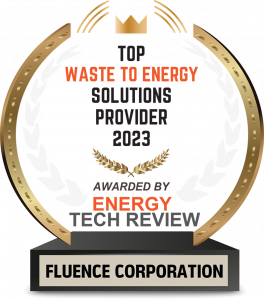Water Sustainability Blog
News on the world's most precious resource, including the latest in research, trends, and treatment advances
No Results Found
The page you requested could not be found. Try refining your search, or use the navigation above to locate the post.

